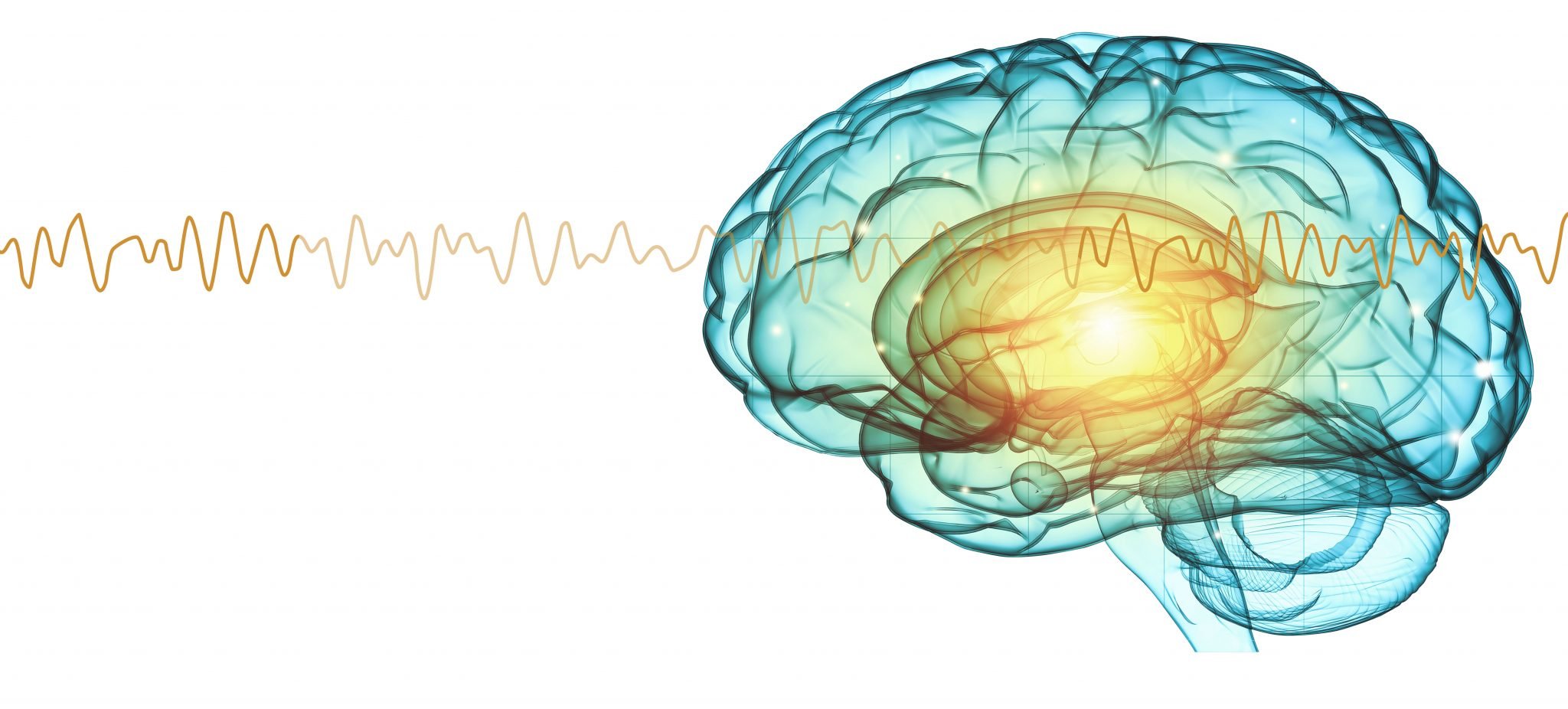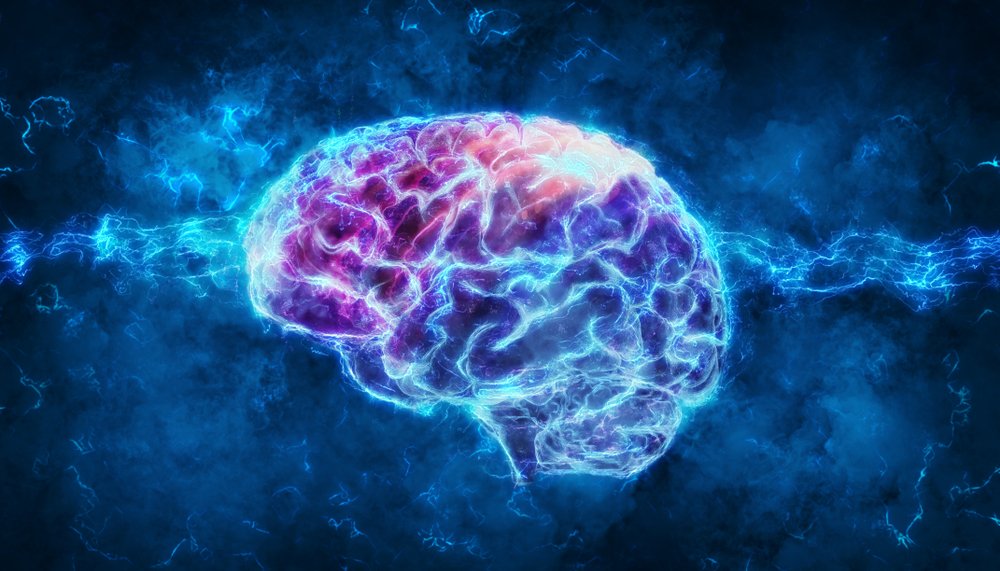
Neurofeedback
Neurofeedback (or neurotherapy) is a non-invasive treatment that encourages the brain to develop healthier patterns of activity.
Through training, the brain can become more flexible and resilient. It is a form of biofeedback – electroencephalogram (qEEG) that helps patients identify, monitor, and modify their own brainwave activity. The goal is not only to change how you think and feel, but also change your brain on a biological level for better functioning.
Who could benefit from neurofeedback?
Patients who suffer from the following could benefit from neurofeedback:
ADD/ADHD
Memory Problems
Addictions
OCD
Anxiety
Pain Management
Autism
PMS
Bipolar
PTSD
Chronic Pain
Sleep Problems
Depression
Schizophrenia
Headaches
TBI
ADD-ADHD
(Attention-Deficit/Hyperactivity Disorder)
Improved Attention and Focus: Enhance their ability to sustain attention and concentrate on tasks
Reduced Hyperactivity and Impulsivity: Help calm hyperactivity behavior and reducing impulsive tendencies, leading to improved self-control
TBI
(Traumatic Brain Injury)
Cognitive Rehabilitation: Promotes brain plasticity and facilitates cognitive recovering following TBI, improving memory, information processing, and problem-solving abilities.
Emotional Stability: Assists in regulating emotional responses and reducing mood swings commonly experienced after TBI.
PTSD
(Post-Traumatic Stress Disorder)
Emotional Regulation: Regulate their emotional responses, reducing anxiety, and managing stress triggers
Restoring Cognitive Function: Help restore cognitive function, including memory, attention, and executive functioning
Depression
Mood Enhancement: Helps individuals regulate brainwave patterns associated with depression and promoting the production of more positive brainwave frequencies.
Increased Resilience: Enhance emotional resilience and coping mechanisms, allowing individuals to better manage depressive symptoms and prevent relapse.
MS, Fibromyalgia
(or patients suffering from chronic pain)
Improved Pain Management: Can enhance pain management strategies and reduce reliance to medication alone
Enhanced Quality of Life: Improved functioning and overall well-being allowing them to engage in daily activities with greater ease and enjoyment
Anxiety Disorders
Enhanced Emotional Regulation: Assists individuals in learning to regulate their emotional responses, reducing the intensity and frequency of anxiety symptoms.
Stress Reduction: Promotes relaxation and calming brainwave patterns while will help reduce stress and improve overall resilience to anxiety triggers.
Calming and Relaxation: Reduces excessive brainwave patterns associated with anxiety, helping individuals experience a greater sense of calmness and tranquility
Improved Stress Management: Empowers individuals to better manage stress and anxiety in their daily lives
How does Neurofeedback work?
Active vs Passive Neurofeedback
There are two types of neurofeedback: active and passive.
Active: Like fitness for the brain, the patient is asked to participate in the change.
Passive: Done without the patient’s active participation.
Active neurofeedback uses a system of rewards to re-train brainwave patterns towards a more optimal state. Like fitness for the brain, the patient is asked to participate in this change by controlling an object on a screen to break harmful patterns. As the brain becomes more accustomed to this task, the program or clinician will make the task more difficult (like increasing weights), session over session, until a new pattern is formed and solidified.
Brain Wave
Our brain cells communicate through electrical impulses know as brain waves. Each brain wave has two properties: frequency and amplitude.
Frequency: How fast the wave travels
Amplitude: How tall the wave gets when it goes up and down
Generally, faster brain waves are associated with thinking, focus, and awareness, while slower brain waves are associated with deep sleep, relaxation, and meditation.
In mental health disorders, brain wave patterns can become disrupted, leading to unhealthy biological activity and behavior.
People with anxiety disorders often have too much fast brain activity, which leaves them feeling on edge, panicky, and hyper-aroused. You will notice opposite affects of those with ADHD; they can have an excess of slower brain wave activity, resulting in symptoms like daydreaming, brain fog, and trouble focusing. The goal of neurofeedback is to help regulate these dysregulated brain wave patterns.
Train remotely with Myndlift!
Traditionally, neurofeedback required frequent visits to a clinic, making it costly and time-consuming. Now, there’s Myndlift, an easy-to-use, remote neurofeedback system that makes it possible to train anywhere using a wireless headset and mobile games and videos.
Cost-Effective • Personalized • Progress Tracking • Convenient • Evidence-Based • Engaging
Thrivin’ Health will guide you on your journey to reach your training goals, customize a training plan just for you, and ensure that you stay on track. The Myndlift Care Team will also be by your side throughout your training journey to lend a friendly, helping hand.

FAQ’S
-
No, neurofeedback is a non-invasive treatment and is basically a form of exercise for the brain.
-
The most commons short-term side-effects include sleepiness, lack of focus, mild headaches, and anxiety. It is important that patients report any side-effects that may arise to their provider so that they can modify treatment.
-
Changes to the brain typically happen slowly and over time. For that reason, it will take many sessions to achieve long-term changes in symptoms and brain functioning.
-
Since we offer remote neurofeedback, most clients typically complete 4–5 sessions per week.
-
The initial consultation and scan will take approximately 90 minutes, after that sessions will take between 20-40 minutes.
-
Most people need 20–40 sessions for noticeable and lasting changes.
For more complex issues up to 60 sessions or more may be recommended.
-
Unfortunately, neurofeedback is not covered by insurance.


